Polyhedra
A polyhedron is a three-dimensional geometric figure with flat faces and straight edges. The word "polyhedron" comes from the Greek words "poly," meaning "many," and "hedron," meaning "face." Polyhedra are classified based on the number of faces, edges, and vertices they have. They are often used in geometry to study the properties of three-dimensional shapes.
Types of Polyhedra
There are several types of polyhedra, including:
- Tetrahedron: A polyhedron with four faces, four vertices, and six edges. It looks like a pyramid with a triangular base.
- Cube: A polyhedron with six square faces, eight vertices, and twelve edges. It is also known as a hexahedron.
- Octahedron: A polyhedron with eight faces, six vertices, and twelve edges. It looks like two square-based pyramids placed base to base.
- Dodecahedron: A polyhedron with twelve faces, twenty vertices, and thirty edges. Each face is a regular pentagon.
- Icosahedron: A polyhedron with twenty faces, twelve vertices, and thirty edges. Each face is an equilateral triangle.
Euler's Formula for Polyhedra
Leonhard Euler, a Swiss mathematician, discovered a relationship between the number of faces (F), edges (E), and vertices (V) of a polyhedron. This relationship is known as Euler's formula:
F + V - E = 2
This formula holds true for all convex polyhedra, where all the faces are flat and the edges do not intersect. Euler's formula is useful for determining the number of faces, edges, or vertices of a polyhedron when the other two quantities are known.
Properties of Polyhedra
Polyhedra have several important properties, including:
- Faces: The flat surfaces of a polyhedron.
- Edges: The line segments where two faces of a polyhedron meet.
- Vertices: The points where three or more edges of a polyhedron meet.
- Surface Area: The total area of all the faces of a polyhedron.
- Volume: The amount of space enclosed by the faces of a polyhedron.
Study Guide
When studying polyhedra, it is important to understand the following concepts:
- Identifying the number of faces, edges, and vertices of different polyhedra.
- Applying Euler's formula to solve problems involving the number of faces, edges, and vertices of a polyhedron.
- Calculating the surface area and volume of various polyhedra using appropriate formulas.
- Recognizing the characteristics and properties of different types of polyhedra, such as tetrahedra, cubes, and dodecahedra.
It is also helpful to practice drawing and visualizing different polyhedra to develop a better understanding of their structure and properties.
By mastering the concepts and properties of polyhedra, you'll be well-equipped to tackle geometry problems and real-world applications involving three-dimensional shapes.
.◂Math Worksheets and Study Guides Fourth Grade. Measurement

 Activity Lesson
Activity Lesson
 Activity Lesson
Activity Lesson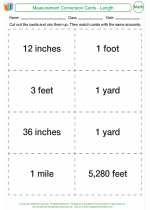
 Activity Lesson
Activity Lesson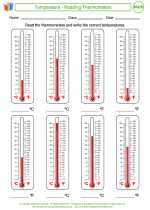
 Worksheet/Answer key
Worksheet/Answer key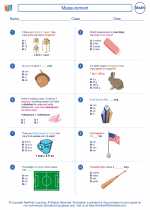
 Worksheet/Answer key
Worksheet/Answer key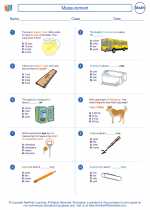
 Worksheet/Answer key
Worksheet/Answer key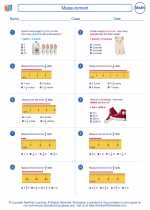
 Worksheet/Answer key
Worksheet/Answer key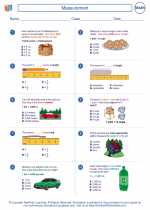
 Worksheet/Answer key
Worksheet/Answer key
 Worksheet/Answer key
Worksheet/Answer key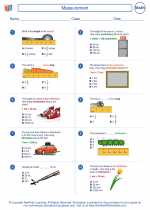
 Worksheet/Answer key
Worksheet/Answer key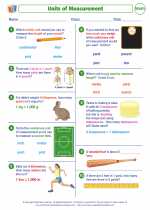
 Worksheet/Answer key
Worksheet/Answer key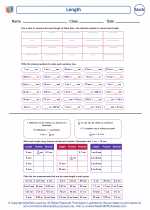
 Worksheet/Answer key
Worksheet/Answer key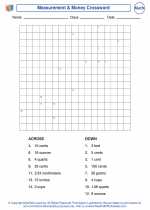
 Worksheet/Answer key
Worksheet/Answer key
 Vocabulary/Answer key
Vocabulary/Answer key
 Vocabulary/Answer key
Vocabulary/Answer key
 Vocabulary/Answer key
Vocabulary/Answer key
